Editing ARRI RAW Footage in Adobe Premiere Pro
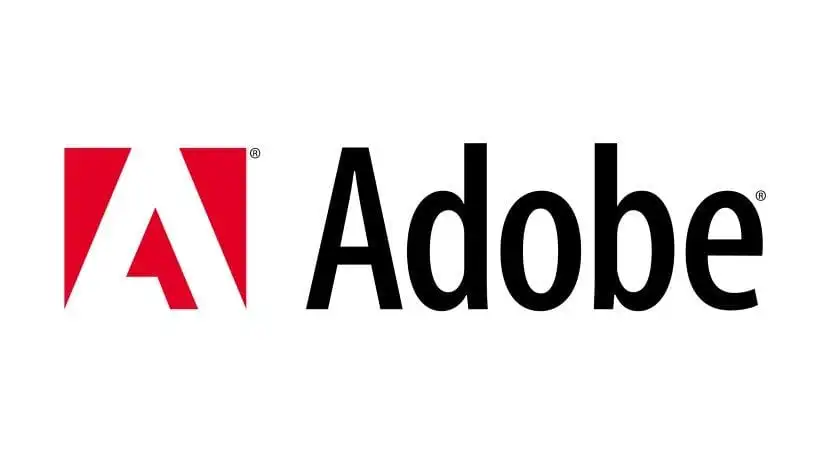
Adobe Premiere Pro is a powerful video editing software that has gained popularity among filmmakers and content creators.
Using Third-Party Lenses with the ARRI Alexa Mini LF
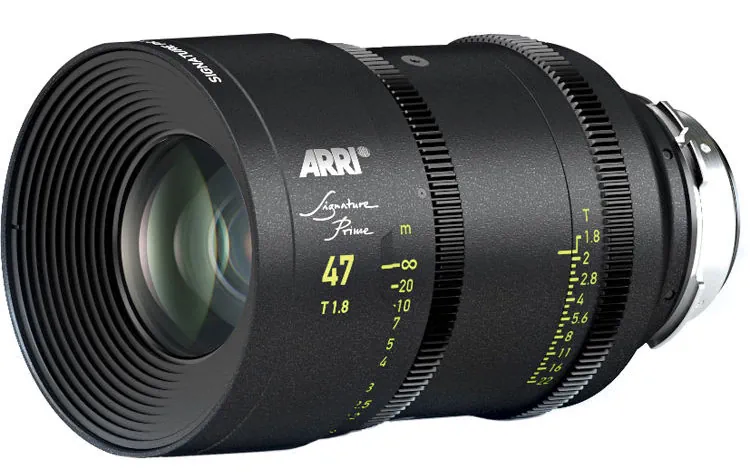
The ARRI Alexa Mini LF offers a high degree of flexibility and customization, allowing cinematographers to choose lenses that best suit their creative vision and project requirements.
The Best Recording Format for Low-Light Shooting
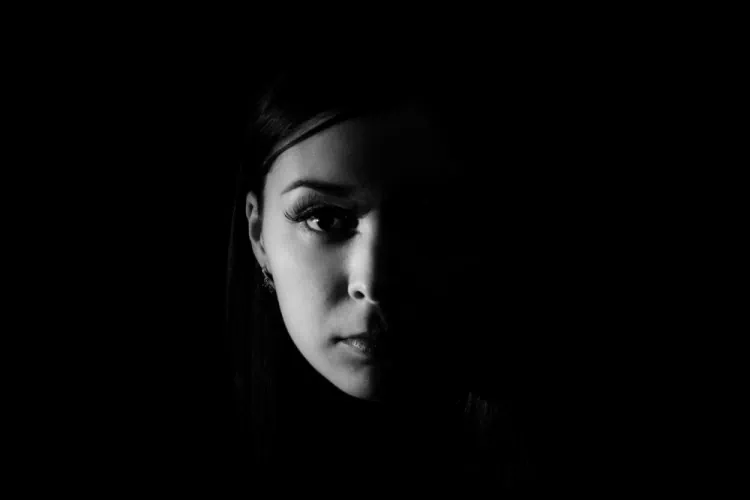
Low-light shooting presents unique challenges for cinematographers due to the limited available light. The choice of recording format can significantly impact the quality of your footage in these conditions.
ARRI RAW vs. ProRes: A Comparison
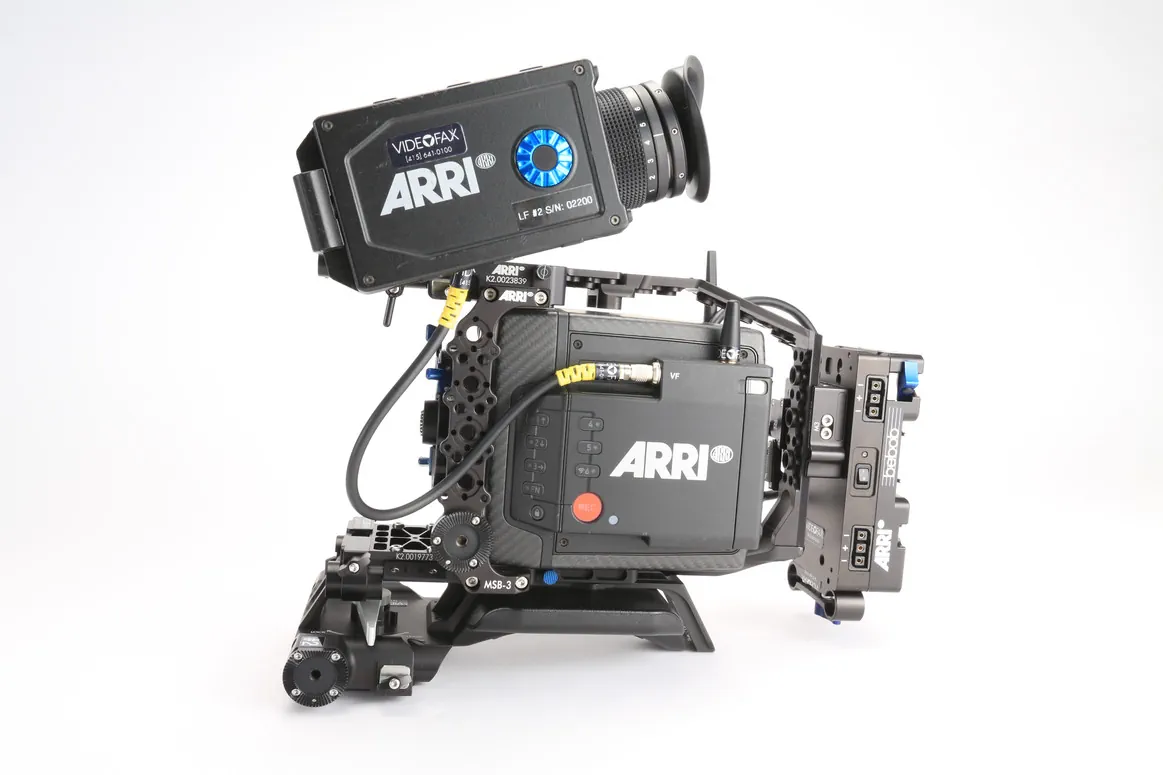
The ARRI Alexa Mini LF offers two primary recording formats: ARRI RAW and ProRes
Choosing the Best Recording Format for the ARRI Alexa Mini LF
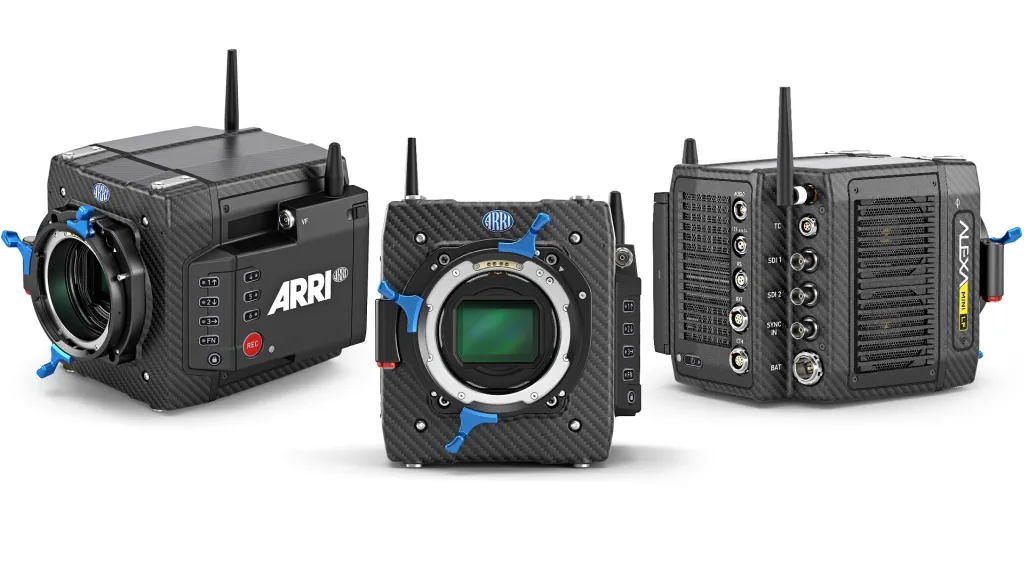
The ARRI Alexa Mini LF offers a variety of recording formats to suit different production needs and post-production workflows.
Optimizing Workflows with the ARRI Alexa Mini LF
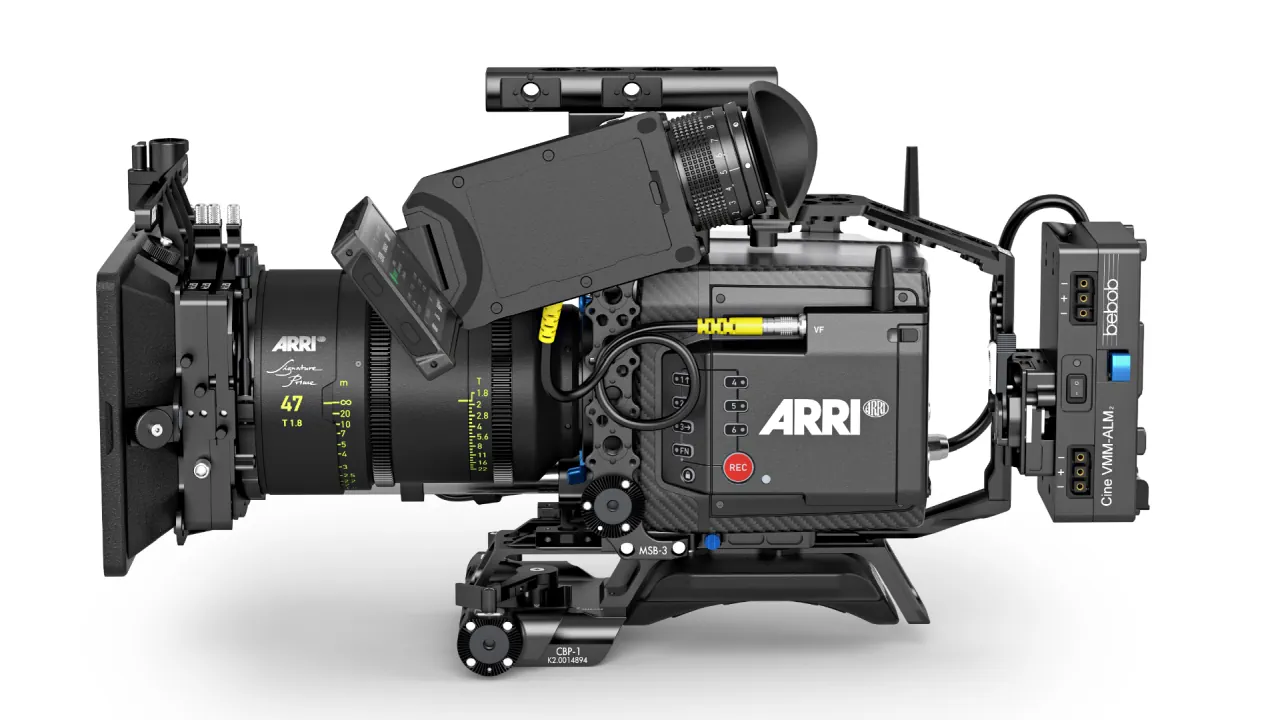
The ARRI Alexa Mini LF is a powerful and versatile cinema camera that offers exceptional image quality and a compact form factor.
Why ZEISS Lenses Command a Premium Price
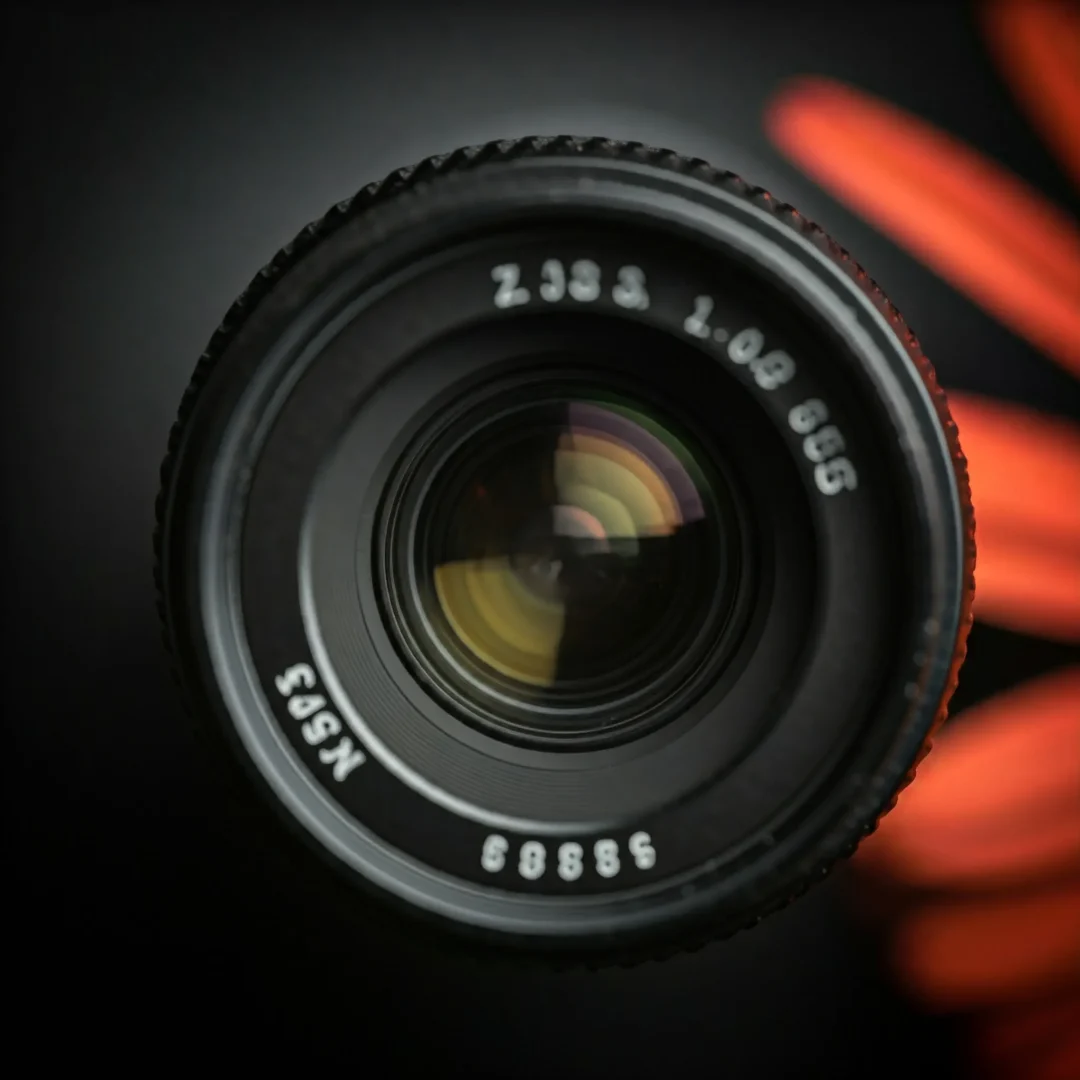
ZEISS, a renowned brand in optics, is often associated with premium pricing. This article explores the factors contributing to ZEISS lenses’ higher cost point.
Are ZEISS lenses good quality?
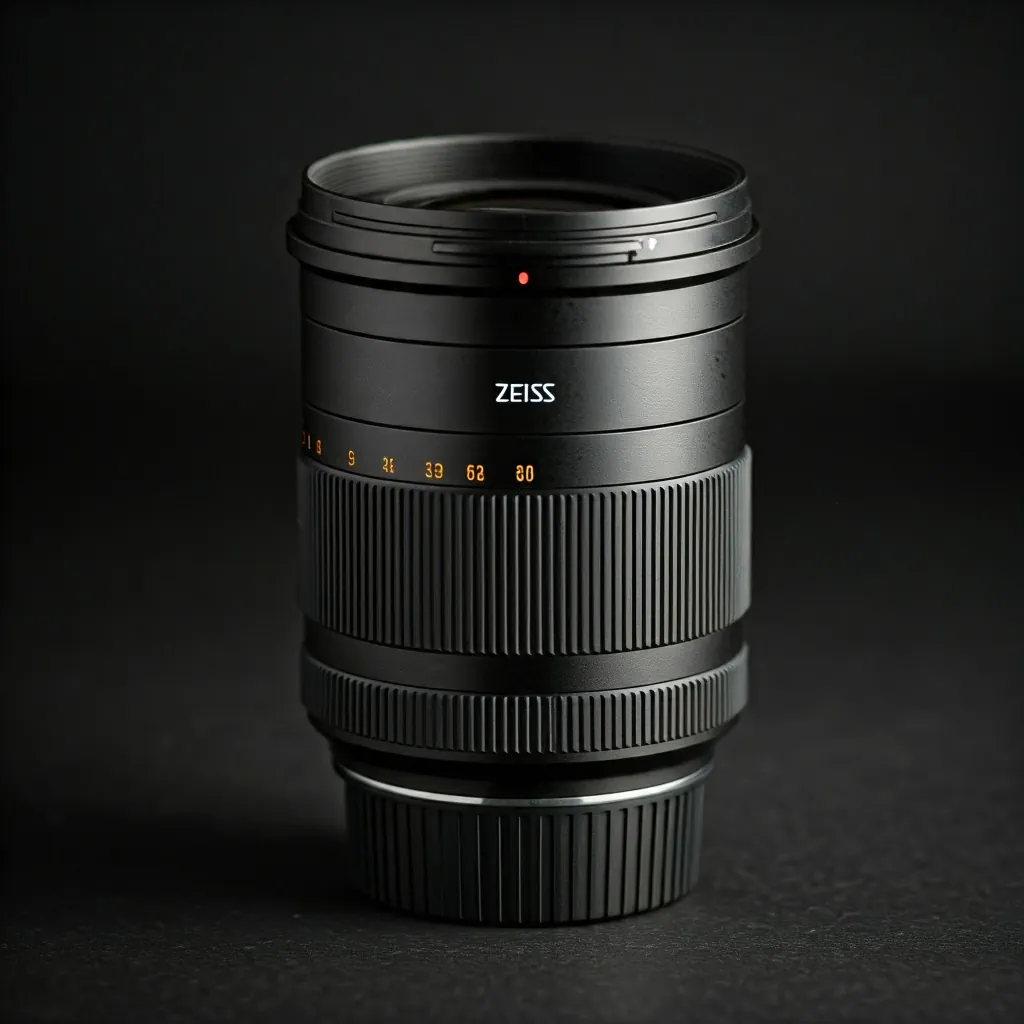
ZEISS is a well-known brand for high-quality optics. They have been manufacturing lenses for over 175 years, and their products are used in a variety of applications
Understanding the Limitations of Third-Party Anamorphic Adapters
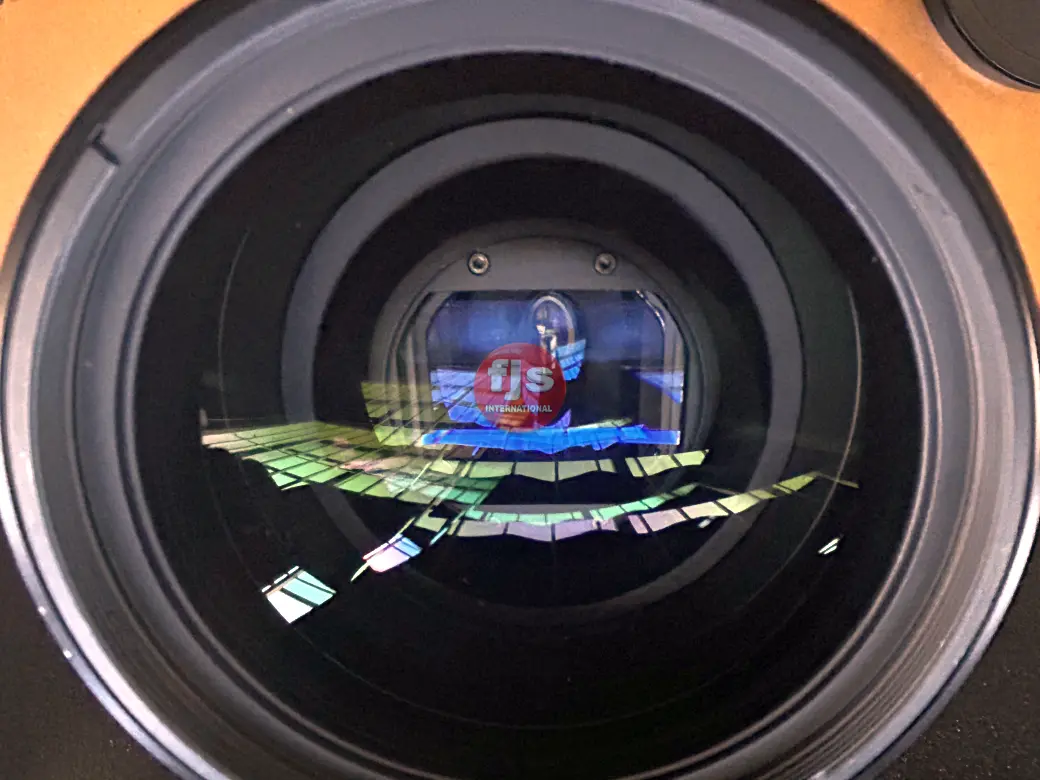
Third-party anamorphic adapters offer a more affordable way to achieve a cinematic, widescreen look compared to dedicated anamorphic lenses.
Achieving the Faux Anamorphic Look: A Guide to Techniques

Faux anamorphic effects have gained popularity as a cost-effective alternative to using real anamorphic lenses.
